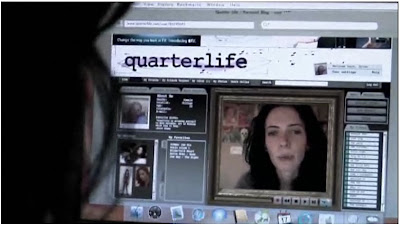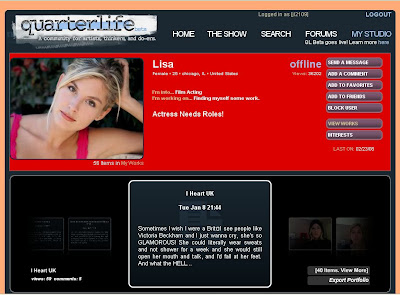Posted by Jay Livingston
I had dinner last weekend with a group of people that included the voice of the New York Knicks. Since 1994, he has been doing the play-by-play for every Knicks game. And I had no idea who he was.
Now I’m not a big Knicks fan, but you’d think I’d have at least heard of him. My friends and relatives who are Knicks fans didn’t know of him either, and here’s why: he broadcasts the games in Spanish. His name is Clemson Smith Muñiz
I didn’t even know there was a Spanish basketball broadcast, but as Clemson said, the Spanish-speaking people in this media market far outnumber the entire population of Utah.
 (I did not point out that those three or four million Hispanics – or the basketball fans among them – would probably be happier if they could follow the Jazz rather than the Knicks.)
(I did not point out that those three or four million Hispanics – or the basketball fans among them – would probably be happier if they could follow the Jazz rather than the Knicks.)He reminded me of something else, an obvious point about the relation between content and structure. Announcers work for the team, not the TV or radio station. I should know that, right? After all, at some point in every broadcast they tell you that the descriptions and accounts blah blah blah are the property of the team. So are the describers and accounters.
That makes it harder for announcers to make trenchant criticisms of the team (a restriction that in the Knicks’ case might make for a lot of dead air time.). But there are ways around it. “I learned this from Marv,” Clemson said, “You don’t say, ‘This guy’s terrible.’ You say, ‘He’s six-eleven and he has one rebound.’”
There’s also a cultural factor. “When you do the games in Spanish, you’re more emotional than when you do them in English.”
He does the radio broadcast, so he has to do a lot more description than what TV announcers give. Out loud I imagined a sequence ending with Crawford coming off the pick for the 18-foot jumper, ending with the classic Marv Alpert “Yessss.”
I asked if there were a Spanish equivalent of that “yesss.”
“Si, señor,” he said, “Si, señor.”
I want to hear that. So I’m going to have figure out how to do that SAP thing on the TV. Los Knicks, 6-22 on the road, go into Atlanta tomorrow night with a one-game winning streak. If only they had a schedule brought to you by the letter “M” (Milwaukee, Miami, Memphis, Minnesota).









